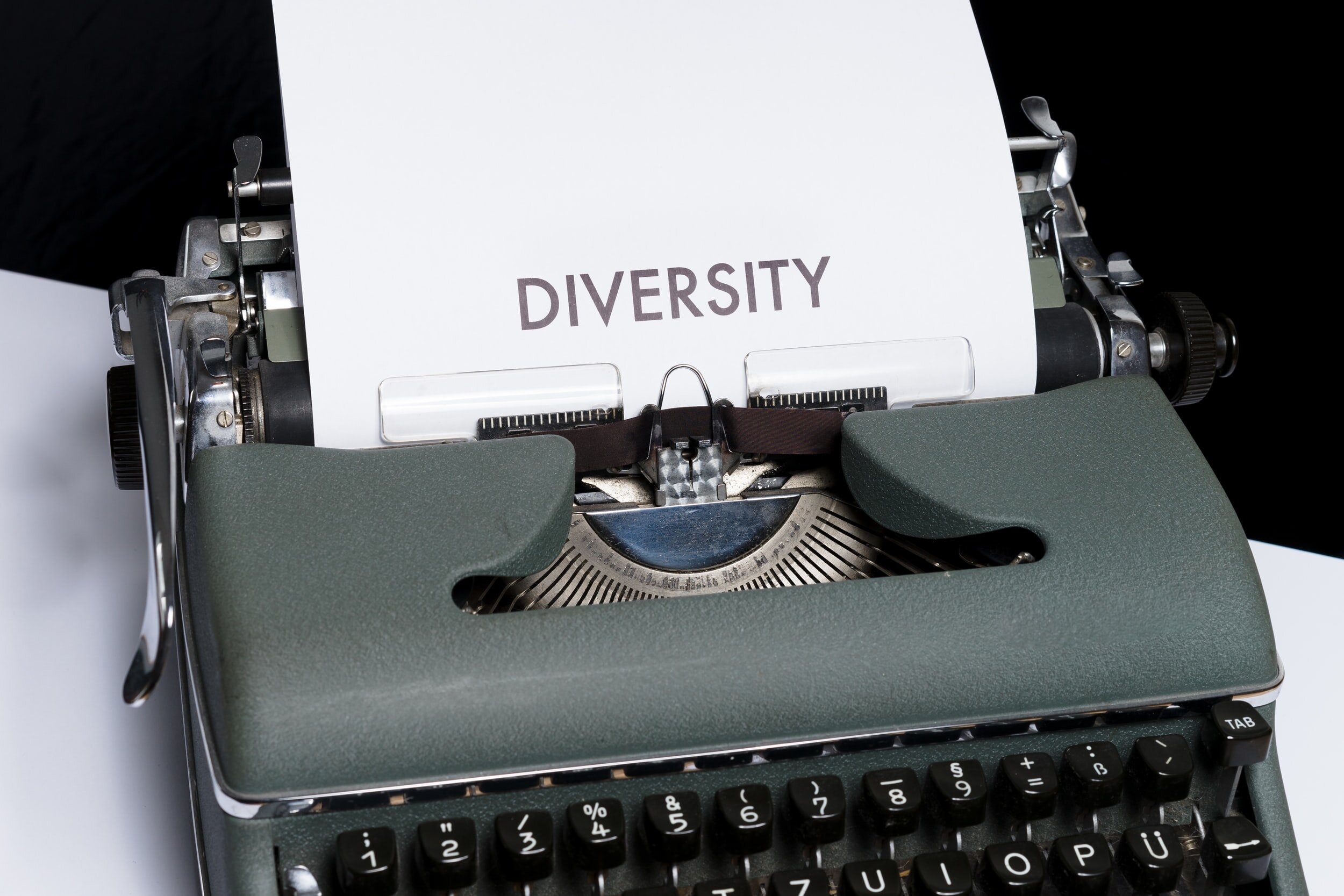Disability | Information

The CDC defines disability inclusion as “including people with disabilities in everyday activities and encouraging them to have roles similar to their peers who do not have a disability”—but of course, it’s much more than that. Disability inclusion involves breaking down existing barriers for individuals with disabilities to opportunities and ensuring that they have equal access to education, employment, health care, and more. Thankfully, the latter is a key protection in the Americans with Disabilities Act (ADA).
While that’s the official definition, inclusion and gardening have multiple similarities between them. Just like gardening, inclusion requires focus, intentionality, time, and care—all of which (hopefully) result in the proverbial harvest.
For most people, stories are more memorable than numbers. Stories activate the emotional side of our brain while data activates the analytical side. But what if we could activate the emotional and analytical side at the same time? Combining data and stories can be extremely powerful, especially when it comes to disability inclusion. It can lead to a better understanding of the challenges people face and drive outcomes.
With that, let’s take stock of the global data provided by the World Health Organization (WHO) and the United Nations:
“Will I get fired?”, “Do I have enough sick days?”, “Should I ask for accommodations?”, “Should I disclose what I’m dealing with?” are some of the many real concerns that individuals with disabilities face in the workplace. Navigating a disability and its impact is already hard enough, so it’s imperative that organizations do the right thing and learn how to support disabled employees.
I’m fortunate to be part of a human-centric organization that encourages and empowers employees to bring their authentic selves to work. And showing up as your authentic self includes being vulnerable. I worked in customer support when I was diagnosed with IBD, and let me tell you, managing debilitating stomach cramps while helping a customer troubleshoot a technical issue in real time is no piece of cake. I’m lucky to have a remote job and wonder what this scenario would’ve looked like if I was at an office. I pushed through the pain, though (thanks, Tylenol), and would’ve kept doing so if not for my boss at the time.
Even though I didn’t ask for any accommodations after disclosing what I was dealing with, my boss was the one who offered flexible changes to my work day, checked in on how I was doing, and encouraged me to take time off to take care of myself. In fact, that made me think about others who may be going through a similar experience. How were they handling their disability? Were they supported, and if so, how? No one publicly talked about disability at work. So, as of June 2020, I started the disability employee resource group (ERG) at my organization to offer a safe and supportive space for individuals with in/visible disabilities and/or illness, caregivers, and allies. Taking the step to share my personal challenges with someone at work, let alone my boss, was difficult.¹ Likely from the bias and stigma toward disability in general. However, I’m grateful that my experience was different, and for all the support I received to start an ERG. I feel seen, understood, and valued. I’m not less than the person and employee I was before my diagnosis.
Here are three ways companies can be inclusive of disabled employees.
1. Education
Do the research. Immerse yourself in learning more about disabilities, disability etiquette, ableism, and disability inclusion. Watch documentaries, such as Crip Camp. Read books from disabled authors. Follow disability advocates. Require training for employees with and without disabilities. And above all, listen to—and keep an open dialogue—with disabled colleagues, who are willing to voice their lived experiences.
2. Accommodations
Don’t make employees jump through hoops to get the accommodations they need, and don’t make it awkward when asked about them. Examples of workplace accommodations include flexible scheduling, assistive technologies (e.g., screen readers, closed-caption Zoom meetings, and text-to-speech technologies), and modified workstations. Also, don’t let the assumption of a high price tag deter you. According to a 2020 survey from the Job Accommodation Network (JAN), many employers reported that “making workplace accommodations far outweigh the associated costs.” In fact, most cost nothing to implement.
3. Policies and Processes
Review current hiring, training and development, and HR policies and processes to remove any conscious and unconscious biases. Make sure that they empower and serve applicants and current employees with disabilities.
(1) It’s OK to not be open about your illness, disability, and what you’re going through. It’s well within your rights to keep that to yourself. You’re doing the best you can, and that’s enough.
